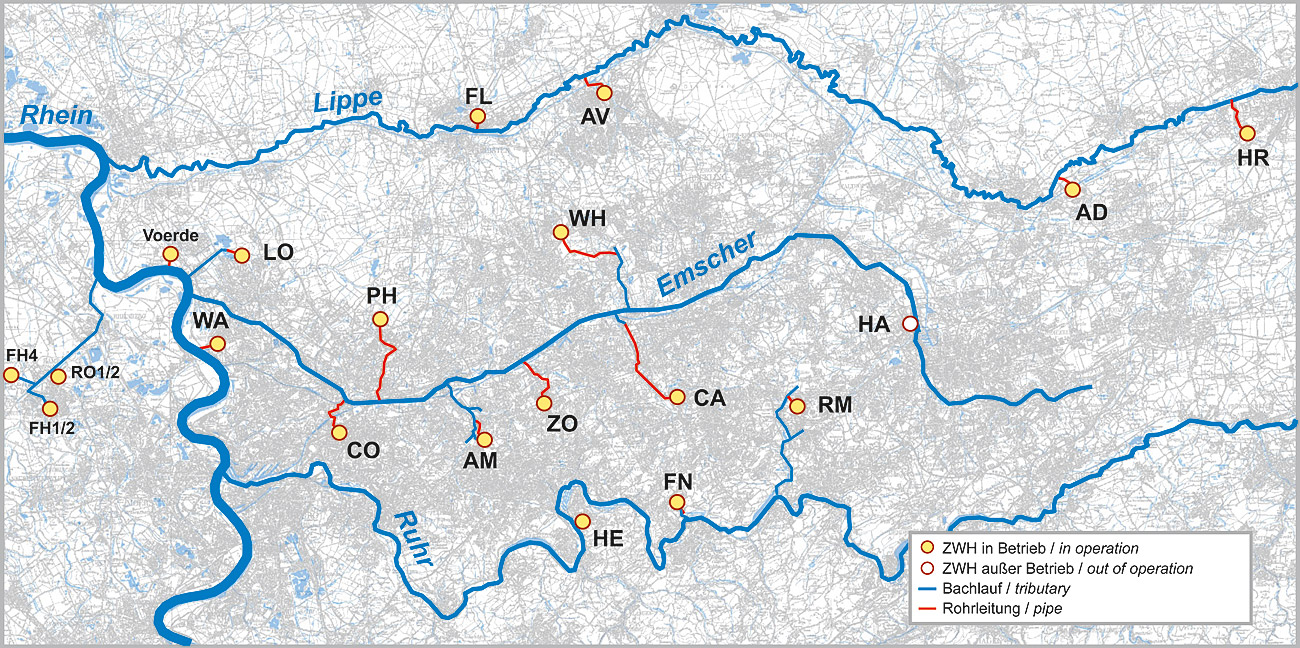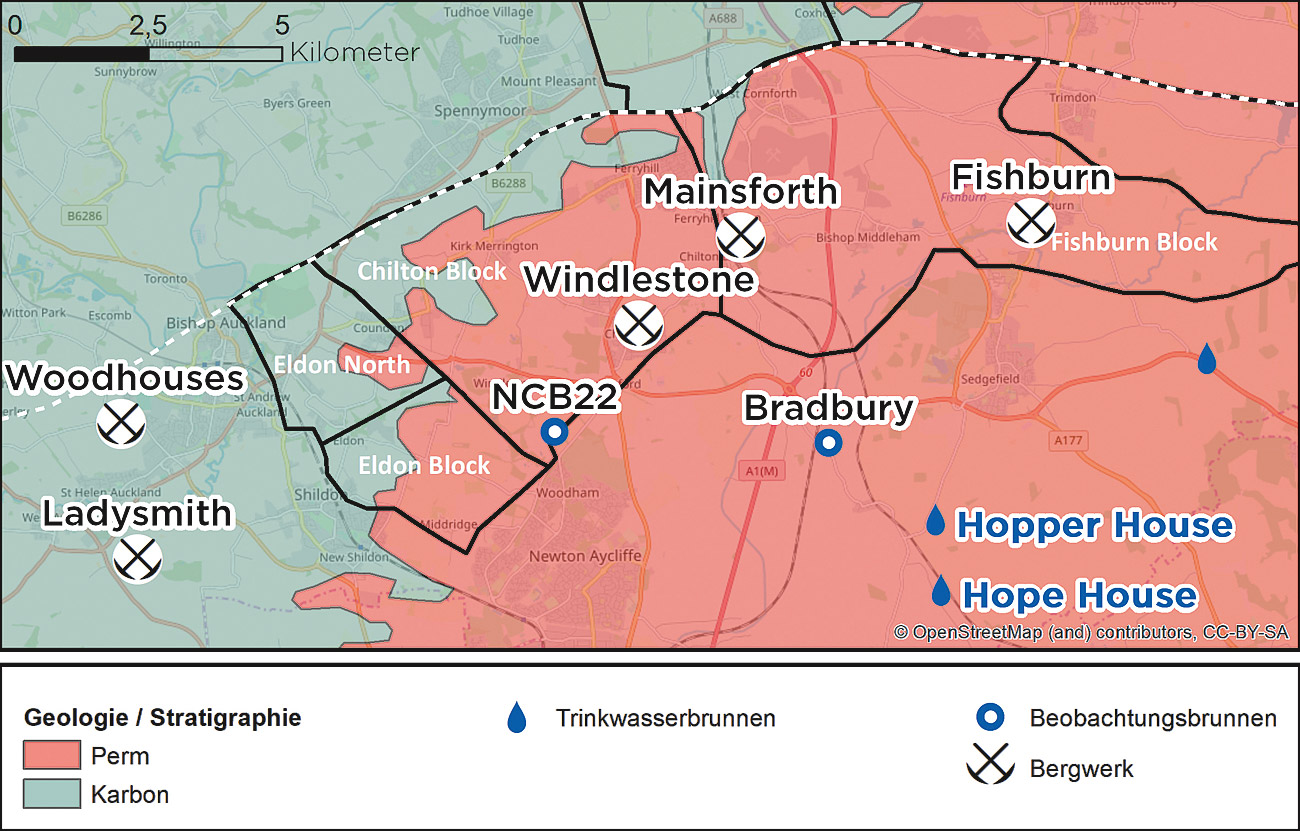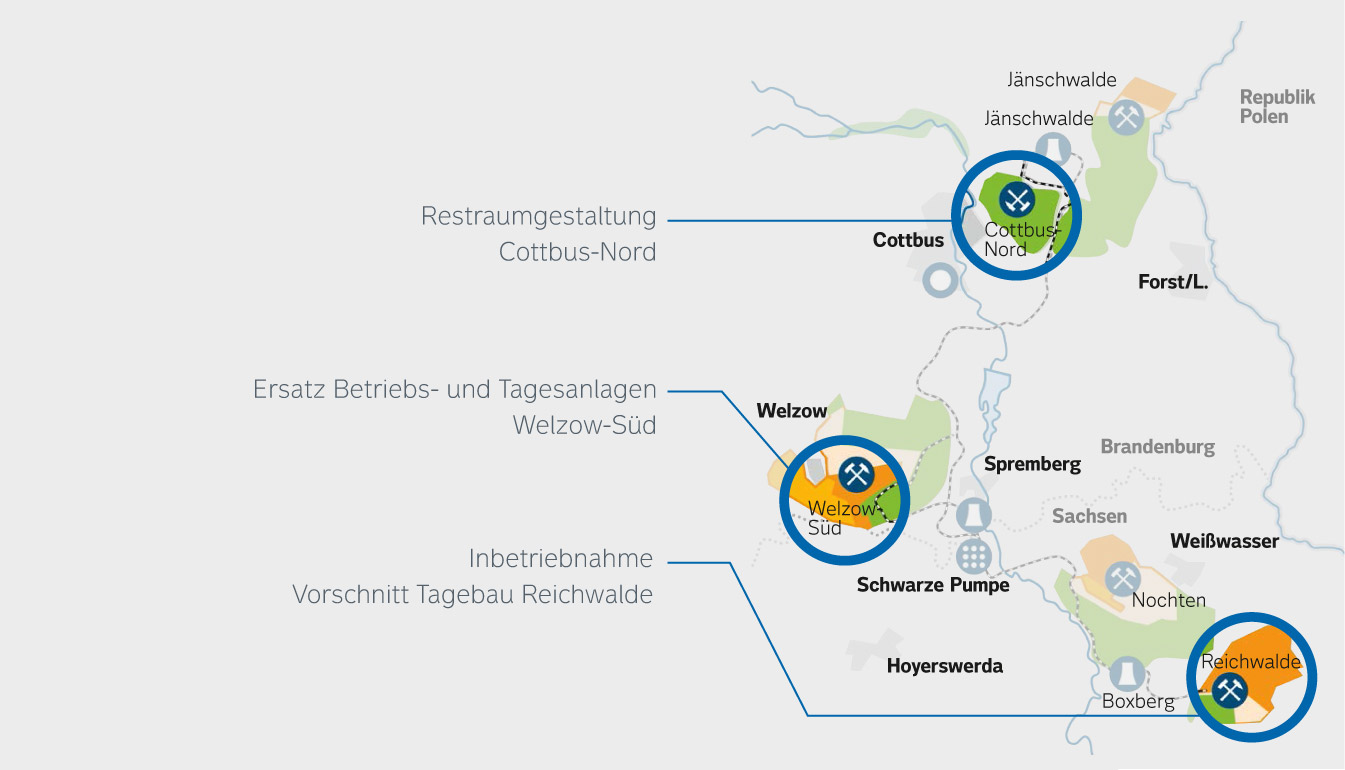Water plays a critical role in the mining industry and this will apply in the post-mining era just as much as it did during the production years. When a mine is in operation the main concern – for both underground and opencast workings – is to ensure that the mining area is kept free of water in order to create a safe and properly functioning environment. These dewatering operations are mainly in the interest of the mine operators. However this situation changes when the production phase ceases and there is growing public interest in what is to happen with the former mining site. The issues that arise in this context mainly have to do with the impact of mine water on the groundwater bodies, the flooding of residual opencast mining cavities, the restoration of residual lakes and, essentially, the treatment of mine water with a view to preventing pollution and contamination.
Read moreWith my best regards // Mit freundlichem Glückauf
Dipl.-Ing. Andreas-Peter Sitte
Chief Editor Mining Report Glückauf, Essen
Mine Water in the Ruhr Area – Opportunities for the Future

Fig. 1. Mine water discharge points 2006 in the Ruhr area. // Bild 1. Grubenwassereinleitungen 2006 im Ruhrgebiet. Source/Quelle: RAG
Authors: Isabelle Balzer M. Sc., Dipl.-Geol. Markus Roth, RAG Aktiengesellschaft, Essen
Read moreTunnel Construction meets Underground Mining – Special Technical Challenges in Development and Planning of the Mine Water Sewer Ibbenbüren
According to political guidelines the withdrawal from the coal production in Germany took place at the end of 2018 and with this the retreat from the mine site Ibbenbüren of RAG Anthrazit Ibbenbüren GmbH is currently being carried out. In order to fulfil the purpose of eternity of the mine water draining and to reduce operating costs in the long term, the rising mine water is to be captured safely at a defined level and permanently fed to a water treatment system by gravity. In order to fulfil this task a new about 7.3 km long mine water sewer has been projected. In the late summer of 2018, the working group mine water sewer Ibbenbüren, consisting of the German engineering offices Dorsch International Consultants GmbH, Offenbach, IMM Maidl & Maidl Beratende Ingenieure GmbH & Co. KG, Bochum, and Dr. Pecher AG, Erkrath, was commissioned to carry out the planning services for the mine water sewer.Authors: Dipl.-Ing. Dennis Edelhoff MBA, IMM Maidl & Maidl Beratende Ingenieure GmbH & Co. KG, Bochum, Dipl.-Ing. Jürgen Kunz und Dipl.-Ing. Heinz-Dieter Pollmann, RAG Anthrazit Ibbenbüren GmbH
Read moreProtecting Aquifers from Rising Mine Waters: Managing Mine Water in the Durham Coalfield (UK) and a Comparison with Methods used in Lorraine (France)

Fig. 2. South Butterknowle region of the Durham coalfield. The black lines indicate the limits of the different mining blocks (according to (9, 11)). The entire area was closed down, and subsequently flooded, during the 1970s. This flooding operation resulted in some local impairment of the overlying Magnesian Limestone aquifer, as verified at observation well NCB22 (7, 8, 9).
Authors: Dr. rer. nat. Bastian Reker, Sebastian Westermann M. Sc., Prof. Dr.-Ing. Peter Goerke-Mallet, Prof. Dr. rer. nat. Christian Melchers, Forschungszentrum Nachbergbau, Technische Hochschule Georg Agricola (THGA), Bochum
Read moreRestoration of Groundwater Levels in the Rhineland Lignite Basin
When an opencast lignite mine is closed the artificially lowered groundwater essentially has to be restored to its pre-mining level as quickly as possible. This means taking account not only of the impact that mining operations have had on the water landscape but also of any local infrastructural features and housing developments. The various hydrological problems and responsibilities associated with such an operation are presented and discussed below from the perspective of the Rhineland lignite mining area. This paper is an updated version of an article of the same title that was published in Wasserwirtschaft (no. 4, 2017).Authors: Prof. Dr.-Ing. Christian Forkel, Sara Hassel M. Sc., Dr.-Ing. Piercristian Rinaldi, Dipl.-Ing. Christian Müller, RWE Power AG, Bergheim
Read moreFlooding Operations in the Lausitz Area in 2018: an LMBV Report
For the Lausitzer und Mitteldeutsche Bergbau-Verwaltungsgesellschaft mbH (LMBV), Senftenberg/Germany, 2018 was marked by a wide range of activities focused around the planning and implementation of restoration and redevelopment measures, this work being particularly affected by the extreme dry weather, which had an impact on the remediation efforts and on the management of water resources in the Lausitz lignite basin. 2018 was the first year that more water was drawn off from the recently completed LMBV-managed residual lakes and storage ponds than from the region’s river basins. The situation in the residual lakes, where geotechnically prescribed water limits were reached in the Lausitz area, was successfully kept under control by means of an active management regime. The only incident occurred at the Senftenberg public lake where the low water levels caused some slippage on the island. During 2018 work in the Lausitz area continued to focus on developing a hydrological regime that would be as self-regulating as possible. The water deficit in the region, with the catchment areas of the Spree, Schwarze Elster and Neisse rivers, fell slightly …Authors: Dipl.-Ing. Eckhard Scholz, Dipl.- Ing. Doris Mischke, und Dr. Uwe Steinhuber, Lausitzer und Mitteldeutsche Bergbau-Verwaltungsgesellschaft mbH (LMBV), Senftenberg
Read moreUnderstanding of Hydrogeochemical Systems – Findings on Inflow Systems of Opencast Ore Mines and on the Recovery of Valuable Elements from -Tailings or Mine Waters

Fig. 2. Field investigation and sampling of a Chilean tailings body. // Bild 2. Felduntersuchung und Probenahme an einem chilenischen Tailingskörper. Source/Quelle: TUBAF
Mining is not possible without consideration of the component water. This is coupled to a variety of questions. These include, e. g., dewatering in underground and open-cast/pit mining, the post-mining flooding of open-cast/pit residual holes, the remediation of acidic post-mining lakes, general management and treatment of such acid waters (Acid Mine Drainage – AMD) etc. In relation to the above-mentioned aspects, but also for the re-mining of secondary mining bodies (tailings), it is essential to gain a detailed process and structural understanding of the respective site.
Uncontrolled water influxes into open pit mines impair the efficiency of ore extraction and production conditions. Therefore, it is important to understand the inflow system, to detect the sources of these water influxes and so to initiate targeted and effective dewatering measures. The detailed hydrogeochemical investigations of the water inflows and of the potential …
Authors: Juliane Günther M. Sc., Dipl.-Ing. David Hagedorn, Dipl.-Geoök. Maria Ussath, Dipl.-Ing. Marlies Grimmer und Dr.-Ing. Nils Hoth, Institut für Bergbau und Spezialtiefbau, Technische Universität Bergakademie Freiberg, Freiberg
Read moreWhy Underground pumped Hydro Storage Plants despite their Broad Advantages are not built?
As the share of energy generation from intermittent renewable sources increases, energy storages become more important. Among various direct and indirect power storage technologies, pumped hydro storage power plants are known as the only proven large-scale storage technology for more than a century. Pumped hydro storage power plants have many advantages: They have a long service life, can store energy over several hours or days, and have relatively low specific costs compared to other storage technologies. Nonetheless, pumped hydro storage power plants use large areas of land and people are often hostile to new projects. A solution to these problems are underground pumped hydro power plants.Authors: Dr. Maik Günther und Dr. Christoph Rapp, Stadtwerke München GmbH, München, Mostafa Fallahnejad M.Sc., Technische Universität Wien/Österreich
Read moreMaking Homes where Collieries once stood

Fig. 4. The “An der Geißwies” residential estate in the Saarland town of Friedrichsthal has given RAG Montan Immobilien an opportunity to showcase its competence as a developer of family housing projects. The site holds 60 individual plots that are to be developed in two phases. Phase one comprises 36 properties, almost all of which have now been placed on the market. Photo: RAG MI, Thomas Stachelhaus
Author: Stephan Conrad, RAG Montan Immobilien GmbH, Essen
Read moreSite Restoration and Compensation and Replacement Measures in the Lausitz Coalfield

Fig. 1. Selection of major projects now ongoing. // Bild 1. Ausgewählte Großprojekte. Source/Quelle: LEAG
Author: Dipl.-Ing. Thomas Penk, Lausitz Energie Bergbau AG (LEAG), Cottbus
Read more




















